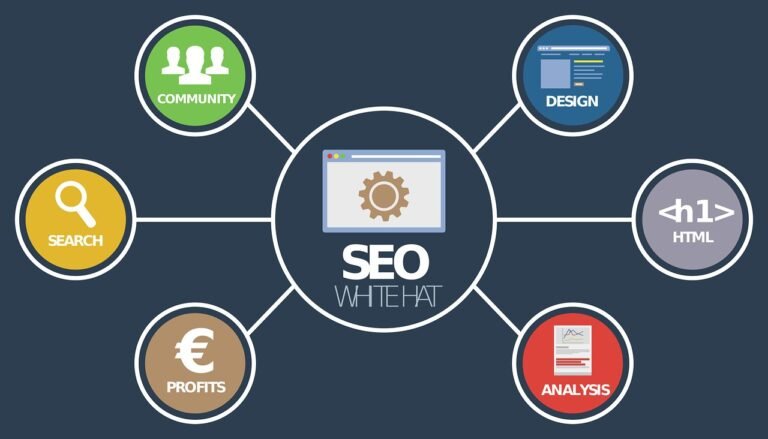In the world of digital marketing, two terms that often come up are SEO & SEM. While both are important for enhancing your online presence, it’s important to understand the differences between them. This blog post will dive into the contrasting aspects of SEO and SEM and highlight the benefits they offer to help you make informed decisions for your marketing campaigns.
What is SEO?
SEO, or Search Engine Optimization, refers to the process of optimizing your website and its content to improve its visibility on search engine results pages (SERPs) organically. It involves various techniques such as keyword research, on-page optimization, Off-Page Optimization, creation of content, local SEO and many more. The goal of SEO is to rank higher in search engine results, drive organic traffic, and increase the visibility of your website.
What is SEM?

SEM, or Search Engine Marketing, encompasses paid advertising campaigns on search engines. It involves creating and managing advertisements that appear on search engine results pages when users search for specific keywords. SEM primarily focuses on paid advertisements, commonly known as pay-per-click (PPC) ads. These ads can be displayed at the top or bottom of search engine results and are marked as “Ad” to differentiate them from organic results.
The Difference Between SEO and SEM:
The main difference between SEO and SEM lies in the approach and cost. SEO is a long-term strategy that aims to improve organic rankings and increase website visibility naturally. On the other hand, SEM provides immediate visibility by placing paid advertisements in prominent positions on search engine results pages. While SEO requires continuous effort to maintain and improve rankings, SEM offers more control over the visibility and targeting of ads.
Benefits of SEO:
- Organic Traffic: With SEO, your website can attract targeted organic traffic from search engines, leading to increased visibility and potential customers.
- Cost-Effective: Compared to SEM, SEO can be more cost-effective in the long run as it doesn’t involve paying for ad placements.
- Credibility and Trust: High organic rankings give your website credibility and trust among users, as they perceive organic results to be more reliable.
Benefits of SEM:
- Immediate Visibility: SEM allows your website to be instantly visible to your target audience through paid ads, delivering immediate results.
- Precise Targeting: SEM provides advanced targeting options, enabling you to reach specific demographics, locations, and interests with your ads.
- Measurable Results: SEM campaigns offer detailed analytics, allowing you to track ad performance, measure conversions, and optimize your campaigns accordingly.
Conclusion:
SEO and SEM are both essential components of a comprehensive digital marketing strategy. Understanding their differences and benefits will enable you to leverage their strengths effectively. SEO offers long-term organic growth and credibility, while SEM provides immediate visibility and precise targeting. By combining these strategies strategically, you can maximize your online presence, attract targeted traffic, and achieve your marketing goals.
Remember, while SEO requires continuous effort, SEM can deliver immediate results. The ideal approach is to strike a balance between the two, aligning them with your specific marketing objectives and budget. So, evaluate your needs, set clear goals, and implement a holistic digital marketing strategy that incorporates SEO and SEM to optimize your online success.



